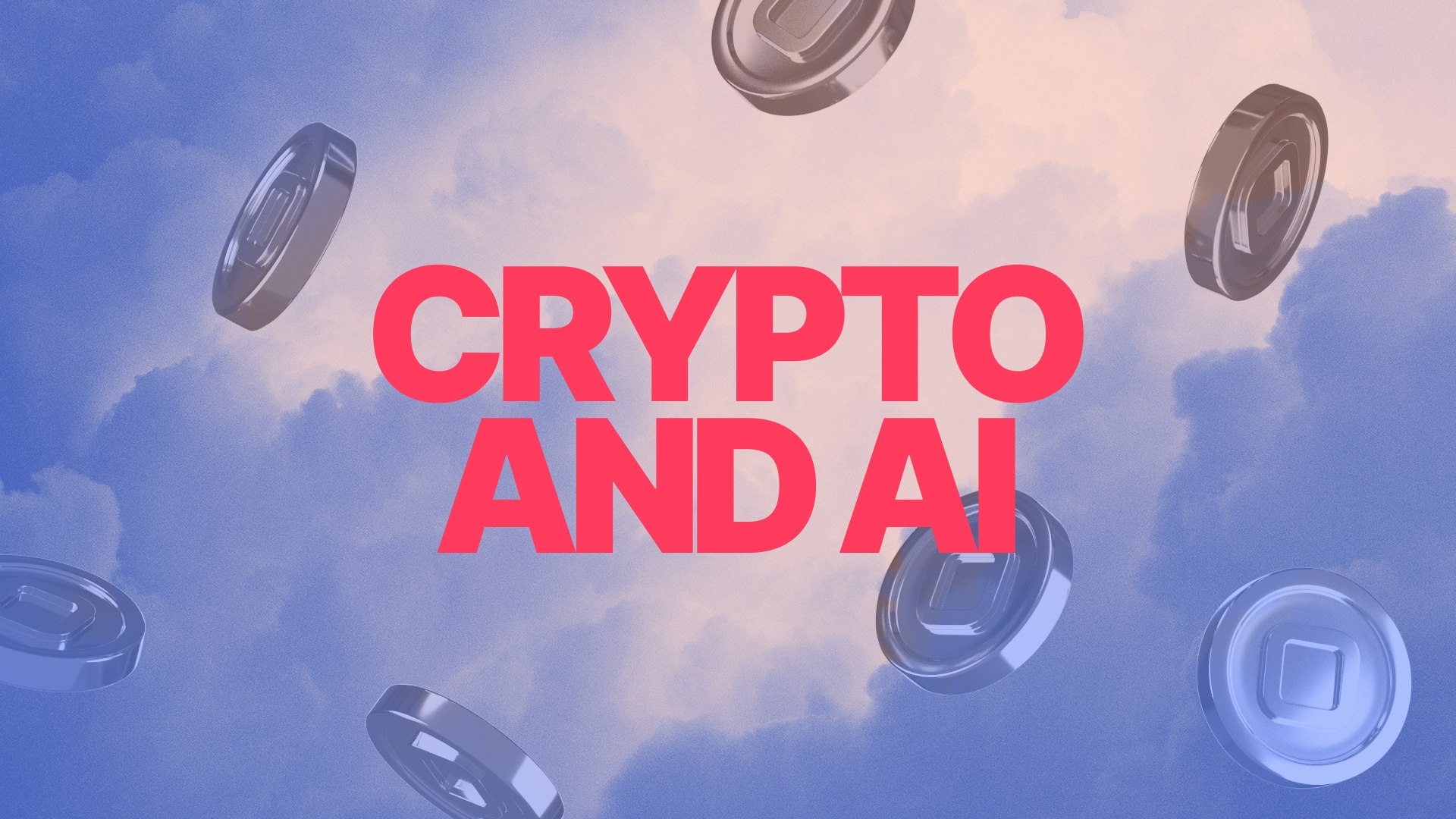AI and Crypto: How is AI Being Used in the Cryptocurrency Industry?
AI is marching fast into every sphere on the planet, and crypto is no exception. Here are the latest developments in the merging of crypto and AI.
In this article...
- AI is creeping into every part of life
- There are now many ways that AI works alongside crypto
- Is this good or bad? We break it down in this article.

How is AI reshaping the way we trade, invest, and interact with digital currencies? Whether we like it or not, the integration of artificial intelligence into our lives is happening, and fast. The cryptocurrency ecosystem is no exception to this penetration by artificial intelligence.
AIs process vast amounts of data quickly and accurately — something human traders can’t always do. Why use a mere fallible human brain when an AI can do it?
AI in the crypto industry
AI-powered trading bots are revolutionising crypto trading. These tools analyse historical data, market patterns, and real-time news to execute trades with precision.
For example, an AI bot might spot a breakout trend for a coin before most human traders, giving users a competitive edge.
Personalised crypto experiences
AI can tailor your crypto journey to the way you see the crypto world. It could learn your trading habits and suggest strategies to maximise returns.
AI can also crowdsource market predictions from data scientists worldwide. is a hedge fund that uses AI to do this very thing.
There are bots that do trading for you, like and . Other bots can be set to detect when Ethereum dips below a certain value, and automatically execute a buy order.
uses AI to analyse social media data and provide insights into cryptocurrency sentiment and market trends.
For example, an AI can scope X for mentions of a specific coin, and determine if the overall public sentiment is positive or negative. This sentiment is then used to predict short term price changes.
AI democratising data
Massive computational power is needed for artificial intelligence workloads. Data centres are centralised facilities packed with high-performance servers, GPUs (graphics processing units), and cooling systems. They require huge investments, specialised infrastructure, and long lead times for deployment.
Startups or smaller players can’t afford the upfront costs for access to hardware like cutting-edge GPUs. With AI-driven decentralisation, this could change.
Now, smaller players can tap into a global network of idle computers, a "sharing economy" for computing power, where anyone can contribute and earn money by leaving their device on overnight.
Instead of relying on a few giant data centres owned by big tech companies, AI workloads could be distributed across a network of everyday devices. This could be your laptop, your neighbor’s gaming PC, or even your grandma’s desktop.
Crypto and computing power
People who offer up their idle computing power become part of a decentralised system, earning rewards (often in crypto) for their contribution.
AI developers and startups can rent this collective power at a lower cost than building or leasing traditional data centre space.
Projects like (Artificial Superintelligence Alliance, involving ) and are pushing this vision forward. The rewards need to be worth it for participants. Leaving your computer on all night might earn you a few bucks, but it has to outweigh the electricity bill. If projects like ASI and Render crack these issues, they could make AI computing as accessible as any other service a startup uses. It’s early days, but this shift in the way AI and crypto are used together could redefine how we think about data centres altogether.
Improved security
Machine learning models can detect suspicious activity — like hacking attempts or fraudulent transactions — faster than traditional methods.
uses machine learning to analyse blockchain transactions and detect illicit activity, such as money laundering and fraud.
provides blockchain analytics and compliance solutions, using AI to identify and mitigate risks associated with cryptocurrency transactions.
Challenges to watch
Of course, AI-powered crypto does have some curveballs. Over-reliance on algorithms can lead to losses if the market behaves unpredictably. Plus, the technology requires significant computing power and expertise.
The Future of AI and crypto
In the future, we could see fully autonomous trading ecosystems, AI-driven stablecoins that adapt to economic conditions, or even blockchain networks that self-optimise using machine learning. For now, it’s clear that AI is set to play a starring role in the next chapter of cryptocurrency.

Suggested Articles
What is Bitcoin (BTC)? What is "Digital Gold" Used For?
What is Bitcoin? It is a digital currency that can be traded, exchanged, and used as a form of payment independent of central banks and governments.What is Ethereum? What is ETH Used For?
Ethereum is a decentralised blockchain-based open-source software platform that allows for the development of decentralised applications (dApps).What Is Crypto? How do Cryptocurrencies Work?
Crypto has become incredibly popular. But how does this digital currency work? And are there cryptos other than Bitcoin?Browse by topic
CoinJar’s digital currency exchange services are operated by CoinJar Australia Pty Ltd ACN 648 570 807, a registered digital currency exchange provider with AUSTRAC.
CoinJar Card is a prepaid Mastercard issued by EML Payment Solutions Limited ABN 30 131 436 532 AFSL 404131 pursuant to license by Mastercard. CoinJar Australia Pty Ltd is an authorised representative of EML Payment Solutions Limited (AR No 1290193). We recommend you consider the and before making any decision to acquire the product. Mastercard and the circles design are registered trademarks of Mastercard International Incorporated.
Google Pay is a trademark of Google LLC. Apple Pay is a trademark of Apple Inc.
This site is protected by reCAPTCHA and the and apply.